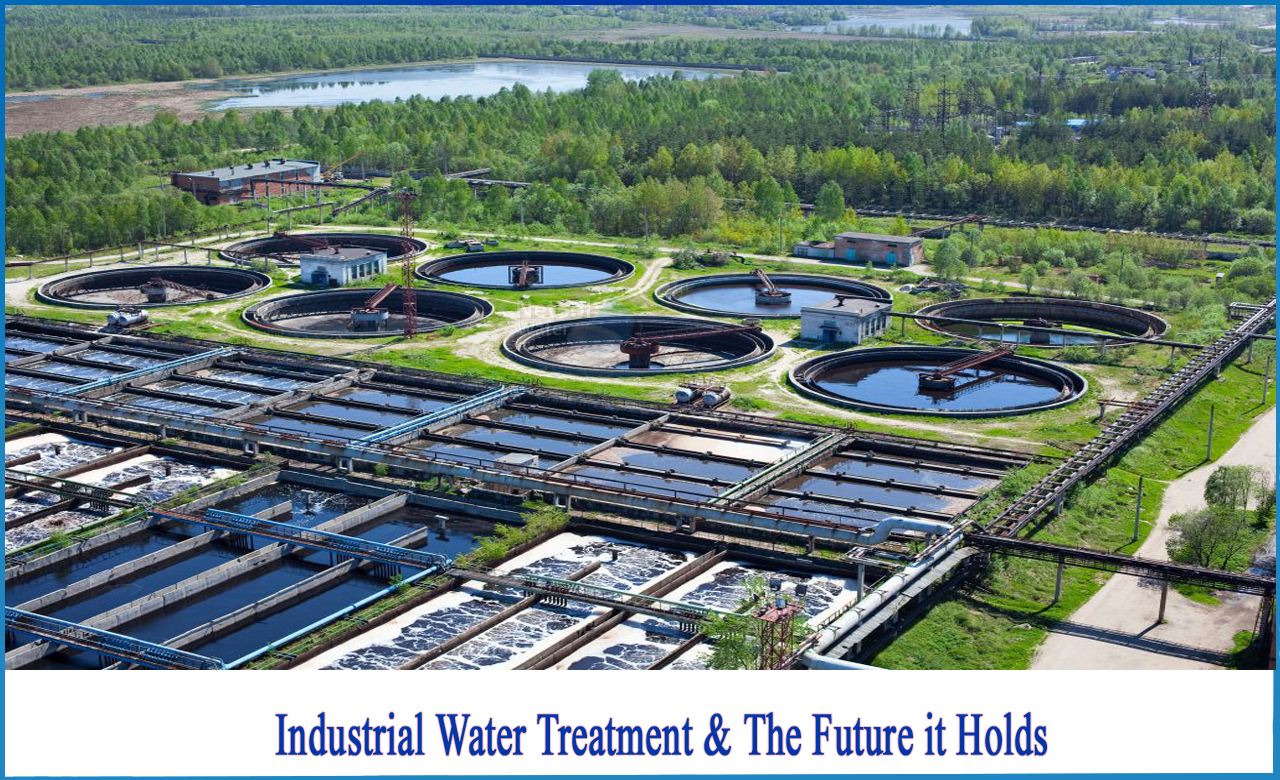Industrial water treatment & the future it holds?
Water is essential for the industrial sector on both a national and worldwide scale. The needs of the industrial sector in terms of water technology are not just vastly different.They differ significantly from those in the municipal sector, and they also differ significantly between industries and locales, making standardisation difficult.There are no viable options. Rather, several requirements necessitatefor a mix of methodical/technical expertise andtechnology for bespoke processes. Integrative technologies and management systems are required due to the strong relationship between manufacturing and water technology.
Few other events have had such an immediate impact on daily lives as Covid-19, and industrial water treatment specialists are no exception. Field Service Representatives have had to deal with new customer access restrictions, corporate engineering staff are working from home and learning how to remotely diagnose problems and support field staff, supply chains have been strained, and shipping has had to deal with massive volume increases.
All of these issues have prompted businesses to take a step back and examine their business models in order to see what adjustments they can make to become nimbler and more efficient.
What does this signify for industrial water treatment in the future?
1-Current Industry Shifts:
>Program Visibili?ty: Customers are expecting more visibility into their water treatment processes due to recent industry shifts. Meaningful e-service reports, customer-accessible dashboards that successfully convey programme status, and integration into the Internet of Things are just a few examples (IoT). Although the technology to link water treatment programmes with the Internet of Things exists, it is not widely used in the industry at this time.
Sensors, metres, and probes will gain industry acceptability as they become more dependable and less expensive. Artificial intelligence will also become increasingly beneficial in recognising and alerting difficulties with therapy before they become catastrophic failures as more parameters are measured and tracked.
>Purchasing Stru?cture: Large corporate accounts are attempting to consolidate vendors in order to obtain bulk buy savings. This saves money and makes it easier to hold people accountable when it comes to water treatment projects. Due to this, companies without a national presence will find it difficult to compete for large portfolios.
>Domestic Water treatm?ent: Municipal water distribution networks infrastructure is failing to keep up with changing water quality and fluctuations in water use. More facilities, particularly those with vulnerable residents, are treating their own domestic water. The focus of treatment is on the water's biological (e.g., Legionella, pseudomonas, etc.) and chemical (e.g., disinfectant by products, lead, copper, etc.) safety.
2-Expected Changes:
>Shifting Wor?kplace: Many organisations were already moving toward having a higher percentage of their employees work from home. Businesses have demonstrated that they can function with staff working remotely during government-mandated shutdowns.
We may see a large drop in commercial office property leasing over the next 5-10 years as corporations reduce the cost of having a physical site and migrate to a more mobile workforce. This could lower the size of the intermediate market, as well as the number of small water treatment enterprises that rely on this industry to survive.
>Holistic Appr?oach: Industrial water treatment firms will be requested to treat more systems than ever before, which will necessitate a holistic approach. Water from a municipal provider, grey water reuse, rainwater collection, and utility blowdown reuse will all be included. Managing a complicated water system will necessitate knowledge from a wide range of disciplines, including biology, chemistry, plumbing, and engineering.
Conclusion
Since the days of chromates, the water treatment business has evolved substantially. Control and industry experience have become increasingly important with each iteration. The focus of water treatment is shifting from the individual to the national level. Monitoring and data access will be the most essential advancements for businesses in the future.




